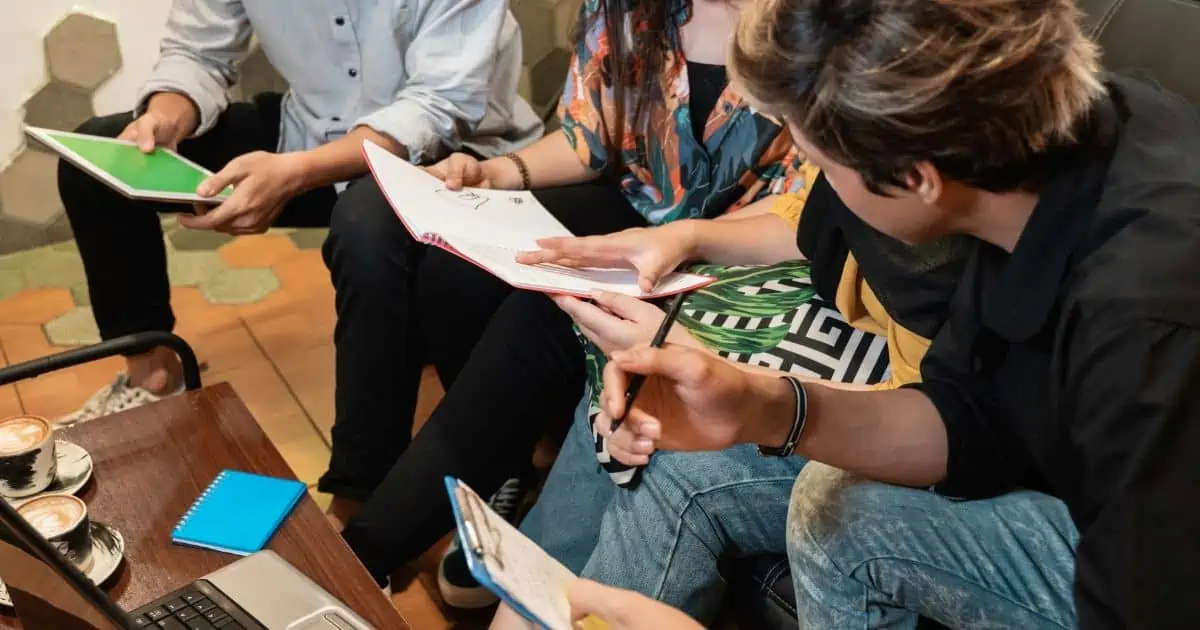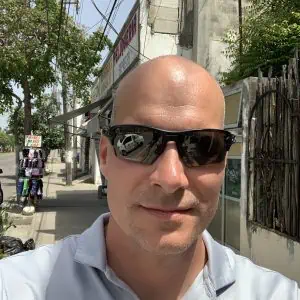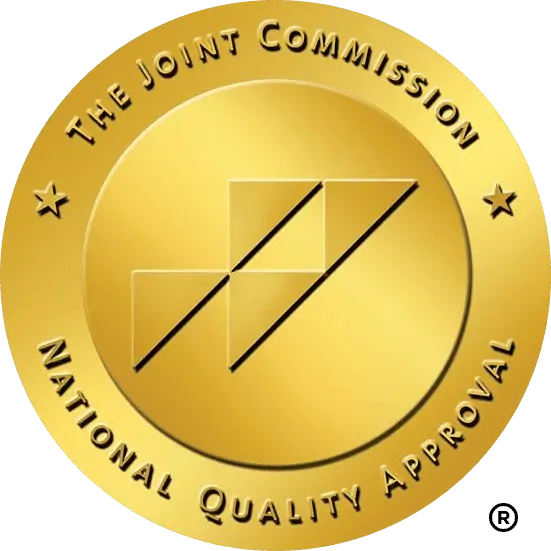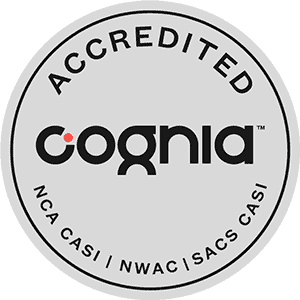The other day, I had an interesting conversation with a mom about her 15-year-old girl. We discussed her daughter’s struggles with chronic depression and anxiety. She talked about her beautiful daughter’s potential and dreams and how suddenly, when she was 12 years old, her life came to a halt. She told me she could not recognize her daughter and how her light dimmed. Her daughter lost her passion for sports, withdrew from life, and started having horrible panic attacks and separation anxiety.
After years of therapy, several trips to the emergency room, three stays in short-term residential treatment, and lots of outpatient treatment, she was desperate to find the right help. Nothing worked, and she feared what her daughter would do.
Her daughter’s depression did not improve despite receiving therapy and other treatments. She continued to get worse. As a mom, she was desperate to help her daughter but didn’t know what else to do. She had never heard of educational consultants and long-term residential treatment options to explore.
“I didn’t know what resources were out there.” That’s the most challenging thing as a parent because there’s little communication from local providers, hospitals, or teen treatment centers. You just don’t know that there are other residential treatment options for teens.”
Likewise, most parents with teens who struggle with mental health issues or addiction know about short-term and outpatient, and in-patient treatment options but are not aware of long-term residential treatment options available. Parents who have heard of residential treatment facilities for adolescents often dismiss them because they are expensive and far from home.
How are Short-term and Long-term Residential Treatment Different?
Short-term programs are usually 4-12 weeks and help teenagers with emotional or behavioral issues who are in crisis. The goal of a short-term residential program is to stabilize the patient and get them back on their feet. When discharged from inpatient treatment, they are better but have not learned how to cope or manage their emotions and feelings and are likely to suffer trauma. A long-term residential facility works with teens to get healthy, learn how to make better choices, and understand what changes they need to make to lead a healthier future.
Crisis and Stabilization Care
The Substance Abuse and Mental Health Services Administration (2014) defines Crisis Stabilization Services as:
“..de-escalating the severity of a person’s level of distress and/or need for urgent care associated with a substance use or mental health disorder.
Crisis stabilization Services are designed to prevent… a behavioral health crisis and/or reduce acute symptoms of mental illness… Short-term crisis residential stabilization services…provide a safe environment for care and recovery.”
What are the Teen Residential Treatment Options
Types of residential treatment options
Wilderness Therapy Program
Wilderness therapy, an experiential teen treatment utilizing the outdoors and adventure, is designed to provide young participants with transformative experiences. Participants engage in hiking, camping, backpacking, team games, and outdoor expeditions. Wilderness therapeutic programs have gained popularity in the last 8-10 years. The average duration of the program is anywhere between 2-6 weeks.
Wilderness therapy advocates promote the benefits of removing struggling teens from their home environment, giving them time to reflect without distractions or judgment from others in their life. These programs cost $500 to $600 per day on average, plus other fees, and most insurance does not cover the costs, although that is starting to change. A typical program lasts 2-6 weeks. Wilderness therapy is newer than most therapeutic programs and has replaced behavioral “boot camps.”
Therapeutic Boarding School
A residential therapeutic boarding school is a residential school that provides a safe and supportive environment for teens to live and learn. Therapeutic boarding schools focus on academics and offer therapeutic programs.
Most therapeutic boarding schools for troubled teens are accredited and have a cohesive approach to caring for troubled youths with behavioral and psychological difficulties, drug or alcohol abuse, conduct disorder, anger-related issues, or mental health concerns.
Typically, the staff is well-trained, and counselors and therapists are on staff to provide intervention and supervise group therapy and individual treatment. Boarding schools focus on academics. A key benefit is that all students share common experiences and can support each other. The curriculum, therapeutic, and activities offered vary from school to school. These schools offer many activities, including sports, equine therapy, tutors, and coaches. There are co-ed, single-gender, religious, and secular schools.
The cost of therapeutic boarding schools depends on location, reputation, academic curriculum, living facilities, and therapeutic programs. Annual tuition ranges from $40,000 to $150,000 per year. The cost of doctor visits, medication, and supplies are not usually included. Tuition is not covered by health insurance. Schools in Mexico and the Caribbean are more affordable than U.S. therapeutic boarding school options.
When choosing a therapeutic boarding school, it is essential you verify accreditation and the therapeutic staff credentials. Choices are somewhat limited, as there are approximately 240 certified and licensed therapeutic boarding schools in the U.S.
Teens with a history of drug or alcohol use or addiction must complete addiction treatment before enrollment. Most schools will not accept teens in crisis or with acute mental or physical health issues.
Teen Residential Treatment Centers
A teen residential treatment center is a live-in medical facility that provides a combination of intensive clinically focused treatment to teenagers who have:
- serious mental health
- emotional or behavioral issues
- mental health disorders like
- ADD, ADHD, OCD, ODD, and ASD
- Autism
- Eating disorders
- Severe mental health illnesses like
- Schizophrenia
- Bipolar disorder
- Borderline personality disorder
- Substance use disorders or abuse behaviors such as
- opiate abuse and addiction
- alcohol use and or drug use
- Comorbidities
The best residential treatment options for adolescents are healthcare facilities with around-the-clock supervision by clinical staff and provide:
- Diagnostic services
- Structured environment
- Multiple therapies:
- Cognitive Behavioral Therapy (CBT)
- Dialectical Behavioral Therapy (DBT)
- Psychodynamic therapy
- Trauma-informed care
- Group and individual therapy
- A combination of adventure and experiential therapies
Why is a Therapeutic Residential Treatment More Effective than Other Therapeutic Programs for At-Risk Youths
Residential treatment centers combine clinical modalities with an integrated, proven holistic approach to healing that treats psychological and physical issues while addressing educational and relational challenges.
Reputable residential treatment programs include family in the recovery process and offer joint therapy sessions and activities and weekly communication. Involving parents in the healing process ensures a safe transition back home.
How Long is Teen Residential Treatment
The length of stay varies from seven months to two years and provides intensive therapy focused on the teen’s specific needs. Programs like Turning Winds offer long-term care for teens post-crisis. Every treatment plan is designed to reduce relapse and potential risk factors that may hinder the child’s progress.
What are the Benefits of Residential Treatment?
Residential treatment centers for teens bring immediate benefits including the necessary structure and a secure and safe environment.
Patients have:
- Access to 24-hour care and support
- Individualized care and treatment
- Safe environment away from the pressures that created the health crisis and a supportive environment where they can express their feelings freely without judgment.
- Surrounded by peers who are also struggling with similar issues.
- The opportunity to learn new skills and strategies for coping with their emotions and challenges in the future.
- Management and adherence to medications
- Academic improvement
- Studies have shown that teens have higher grades and do better on standardized tests after completing a residential treatment program.
- Enhanced life skills
- Residents learn life skills such as cooking, budgeting, leadership, healthy eating, and time management.
- Better mental health outcomes and reducing relapses.
Participation in other therapeutic programs is not a prerequisite for RTC admission.
How to Choose the Right Residential Treatment for You?
When choosing the right treatment option for your teen, there are a few things to consider:
- The severity of your teen’s condition.
- Their age and stage of development.
- How long have they been struggling with mental illness?
- The severity of symptoms.
- Do they have any comorbid conditions
- Have they completed rehab or been hospitalized?
- Are they at risk of self-harm?
Finally, you’ll want to consult with a mental health professional to get their expert opinion on the best treatment option for your teen. They will be able to consider all the factors involved and make a recommendation.
Teen Residential Treatment Cost and Insurance
The cost of teen residential treatment varies a lot and depends on the diagnosis and the length of the stay. For example, a teenager with a comorbid condition needs more therapies than a child diagnosed with depression or one that has anger issues. Where the facility is located, the amenities, and the level of support available also affect the treatment cost.
According to parents, the cost ranges from $50,000 to $100,000 plus. Some residential treatment programs cost as much as $1500 per day and can be as high as $50,000 per month. Health insurance covers mental health treatment.
How Can Turning Winds Help?
Turning Winds is a respected and award-winning teen residential treatment program for 12-17-year-olds. Our philosophy and hybrid therapeutic approach combine diagnostic, clinical, and professional services with a therapeutic boarding school and nature on our beautiful campus in the serene mountains of Montana.
The Turning Winds Difference
For the last twenty years, we have offered evidence-based care, personalized academic support, outdoor activities, and inspirational experiences to our patients under the supervision of experienced and dedicated professionals.
If your child needs help, please speak to our admissions coordinator today by calling 800-845-1380 about placement, insurance verification, and developing an effective, sustainable healing strategy for your struggling teen.









